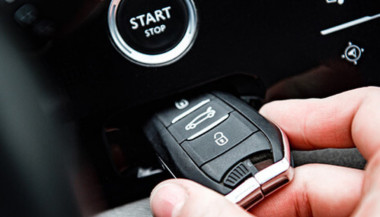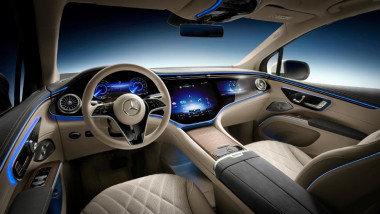Car theft has entered the digital age — and unfortunately, so have the thieves. As car manufacturers move toward keyless technology, a new type of threat has emerged: the relay attack. Unlike traditional break-ins, this high-tech method allows criminals to steal a vehicle without touching the keys — or even breaking a window.
Imagine this: your car is parked safely outside your house. Your key fob is inside, hanging on a hook by the front door. You're fast asleep. But outside, two individuals with small electronic devices are working together. One stands near your front door, scanning for a signal from your key fob. The other waits by your car. Within seconds, your key’s signal is captured, extended, and transmitted to your car. It unlocks, starts, and drives away — and you might not notice until morning.
This is not science fiction. It's called a relay attack, and it's one of the fastest-growing vehicle theft methods worldwide.
Why Relay Attacks Are So Effective
The key to this technique is exploiting the constant communication between your car and its fob. Most keyless entry systems are designed for convenience — you don’t even need to press a button. The car automatically detects the presence of the key fob and unlocks when you approach.
This convenience is exactly what makes it vulnerable. Relay devices — which are cheap, portable, and easy to use — can mimic the signal and trick the car into thinking the key is nearby, even when it’s inside your home.
Security experts have raised the alarm about this method for years, but many drivers still don’t realize how easily their vehicles can be accessed. In the UK alone, keyless car theft now accounts for more than 90% of vehicle thefts involving high-end models, according to the AA. And with the rise of online tutorials and black-market tools, the problem is growing globally.
So, What Can You Do to Stay Safe?
Fortunately, protecting your vehicle doesn’t require advanced tech or a huge investment — just awareness and a few smart habits.
One of the most effective ways to block relay attacks is also the simplest: store your keys in a signal-blocking container. Often called a Faraday pouch or Faraday box, this lined case prevents radio signals from escaping. When your keys are stored inside, they can’t be scanned or cloned, no matter how close a thief gets to your home.
Placement also matters. Many drivers leave their keys near the front door or on an entryway table — spots that are easy to access from outside. Moving your keys to the center of your home, an upper floor, or even a metal box can reduce signal exposure dramatically.
Some newer key fobs allow you to manually disable the signal when it’s not in use. This feature is often hidden in the manual and rarely mentioned by dealers. Taking a moment to learn whether your key supports this — and how to activate it — can make a big difference.
It’s also worth checking whether your vehicle’s software is up to date. Many automakers periodically release firmware updates that strengthen encryption or reduce signal range. In some cases, updates can even detect and block suspicious unlock attempts.
And while it may seem old-fashioned, physical security still works. Devices like steering wheel locks or gear shift immobilisers can be powerful visual deterrents. Even if a thief manages to unlock your vehicle, the sight of a bulky lock inside may be enough to send them looking for an easier target.
If you're looking for practical solutions beyond GPS, check out our blog: Do Car Keys Have GPS? What You Need to Know About Key Tracking.
In summary, here are a few key takeaways to keep your keys and vehicle safer:
Store your fob in a signal-blocking pouch or metal container
Keep keys away from entry points like doors or windows
Disable keyless signals if your fob supports it
Update your car’s firmware regularly
Use visible anti-theft devices as a deterrent
Looking Ahead: Smarter Cars, Smarter Drivers
Relay attacks are part of a larger trend — one where modern technology makes life more convenient, but also creates new risks. Just like we’ve learned to secure our phones and passwords, we now need to think about how we secure our vehicles.
As carmakers explore more secure solutions — like Ultra Wideband (UWB) tech and biometric verification — drivers still need to take responsibility for their vehicle’s safety. The tools are already out there, and many of them cost less than a meal out. It’s not just about avoiding theft; it’s about peace of mind.
So next time you get home, before tossing your keys on the hallway table, take a second to think: are they really safe there?

 (1)_1745588027.jpg)

_1736346704.jpg)

 (1) (1)_1736436407.jpg)